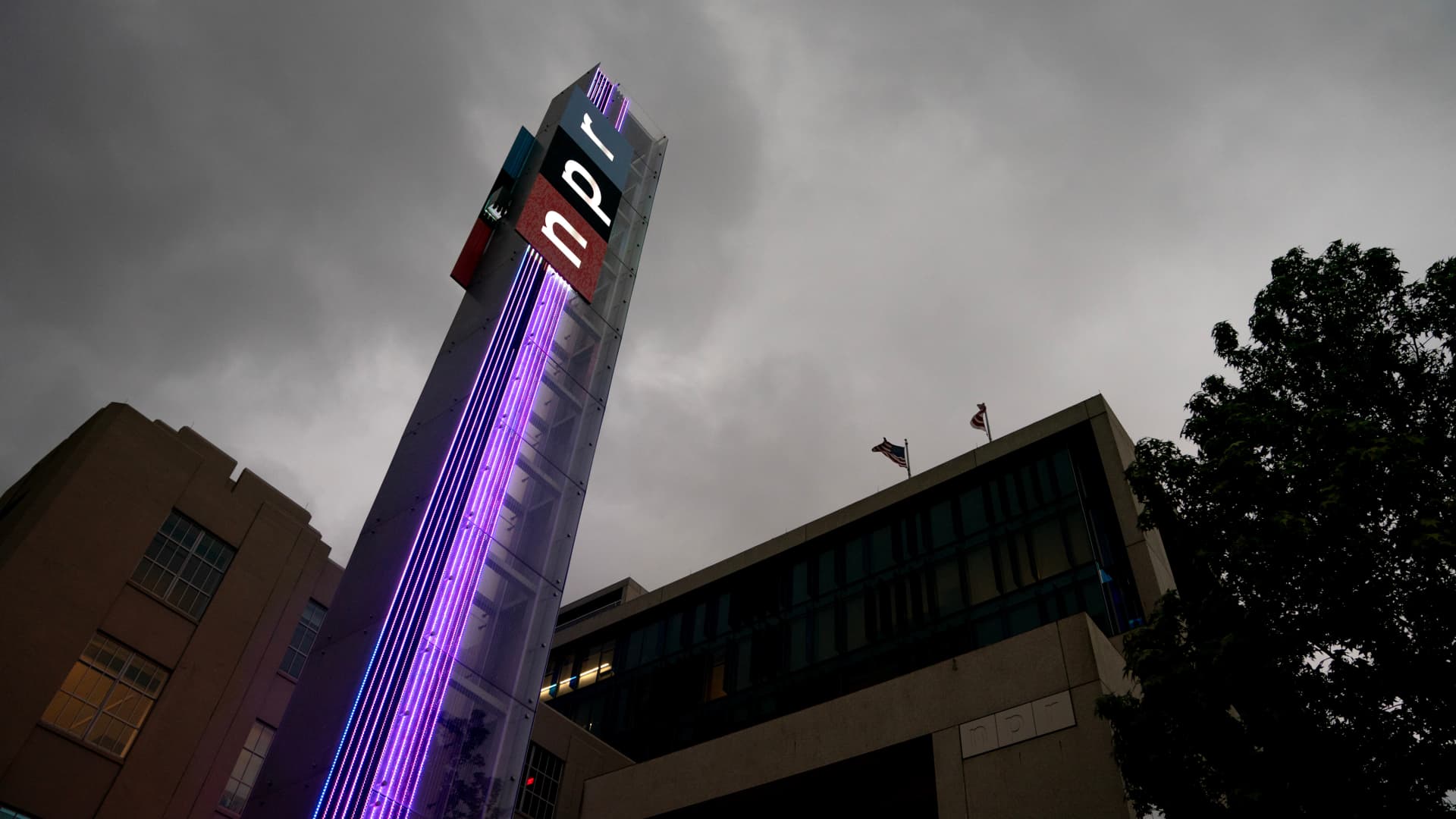The Controversy Over Federal Funding Cuts to NPR and PBS
In early May 2025, President Donald Trump signed an executive order targeting the federal funding of National Public Radio (NPR) and the Public Broadcasting Service (PBS). This decisive move aimed to end decades of taxpayer seed money supporting public media outlets, sparking immediate backlash, legal battles, and nationwide debate about the role and independence of publicly funded journalism and programming. What follows is a detailed examination of the events, legal implications, and broader media landscape repercussions stemming from this controversy.
The Executive Order and Its Claimed Justifications
On May 1 and 2, 2025, the White House announced and enacted an executive order directing the Corporation for Public Broadcasting (CPB) to halt indirect funding to NPR and PBS. President Trump framed this decision as a response to perceived bias in publicly subsidized media, arguing that taxpayer money should not support what he described as partisan outlets. The order included directives that CPB ensure licensees and permittees of public radio and television cease funding NPR and PBS.
This aggressive stance reflected the administration’s broader agenda of decentralizing federal support for institutions it viewed as antagonistic or insufficiently supportive. However, the order’s claims regarding CPB’s role and authority sparked immediate disputes over legality and governance, as well as concerns about media freedom and diversity of voices.
Immediate Reactions from NPR, PBS, and CPB
The leadership of NPR and PBS publicly condemned the executive order as unlawful and an attempt to silence public media. Both CEOs declared their intent to legally challenge the directive, asserting that the executive order overstepped the president’s authority. They emphasized the critical role these organizations play in providing comprehensive, non-commercial news, educational content, and cultural programming accessible across socioeconomic boundaries.
Meanwhile, the Corporation for Public Broadcasting, the nonprofit entity that oversees public media funding, responded with its own lawsuit. CPB argued that it is not a part of the federal government and that the president’s attempt to fire board members and direct funding cuts was illegal. CPB’s legal action underscored the complexity of federal oversight structures governing public broadcasting and highlighted the limits of executive power in managing these entities.
The Legal Tug of War: Executive Authority vs. Independent Governance
Central to the conflict is the question of whether a president can unilaterally dismantle or redirect funding to independent public media corporations through executive order. CPB’s lawsuit pointed to governance structures that insulate its board from direct political control, designed precisely to prevent such abrupt interventions.
Further complicating the matter was the attempt by President Trump to remove three CPB board members. The removal triggered immediate litigation, alleging violation of established legal protections and procedures necessary for board membership changes. This legal battle emphasized the tension between executive prerogative and statutory protections around federal agency governance.
The courts have historically been hesitant to allow presidential overreach into public media funding decisions that have explicit regulatory and statutory safeguards. Meanwhile, the administration anticipated litigation and questioned whether such funding represents undue taxpayer subsidization of media with partisan leanings.
Political and Cultural Repercussions
The executive order and ensuing legal battles played out amid ongoing partisan debates about public media’s political orientation and funding legitimacy. Supporters of the cuts treated the move as a justified reallocation of government resources, contending that public broadcasting should survive on private donations and sponsorships if it wishes to persist. They viewed federal funding as a subsidy enabling a narrower ideological perspective.
Conversely, defenders of NPR and PBS framed the cuts as a politically motivated attack designed to undermine media outlets that provide critical, independent voices outside commercial imperatives. They argued that public funding ensures a diversity of content and access to quality news and educational programming that commercial broadcasters often neglect.
The controversy also resonated beyond news, affecting cultural and educational institutions supported by federal grants, as seen in related injunctions against cuts in library and museum funding announced around the same period. These broader cultural funding anxieties added impetus to legal and political resistance to executive actions perceived as undermining public access to knowledge and unbiased information.
Broader Implications for Public Media Sustainability
This confrontation highlights the precarious status of public media in the U.S., which relies on a complex mix of federal funding, private donations, and corporate underwriting. Federal contributions historically represent a relatively small portion of NPR and PBS budgets but serve as vital seed money validating other funding streams.
The potential loss of federal funding places pressure on public broadcasters to seek alternative revenue sources and could accelerate shifts towards more commercialized models or narrower funding bases, impacting content diversity and editorial independence.
It also raises questions about the future relationship between government and public media in a politically polarized environment. With executive actions challenging long-standing funding models, debates about how to insulate public media from political interference while ensuring financial viability will intensify.
—
Conclusion: A Watershed Moment in Public Media Funding
The May 2025 executive order by President Trump to end federal funding for NPR and PBS, and the subsequent legal battles, encapsulate a pivotal moment in the ongoing struggle over public media’s role, funding, and independence in America. The confrontation forces reconsideration of how public media balances government support with editorial autonomy, especially in politically charged contexts.
Legal challenges have underscored structural protections meant to shield public broadcasting from unilateral political disruption, but the battle also signals a likely transformation in funding landscapes and institutional relations. Ultimately, the outcome will shape not only the future of NPR and PBS but also the broader ecosystem of public-interest media and cultural institutions in the United States. The resolution of this conflict will have lasting impact on media diversity, accessibility, and the democratic function served by publicly supported journalism and programming.





